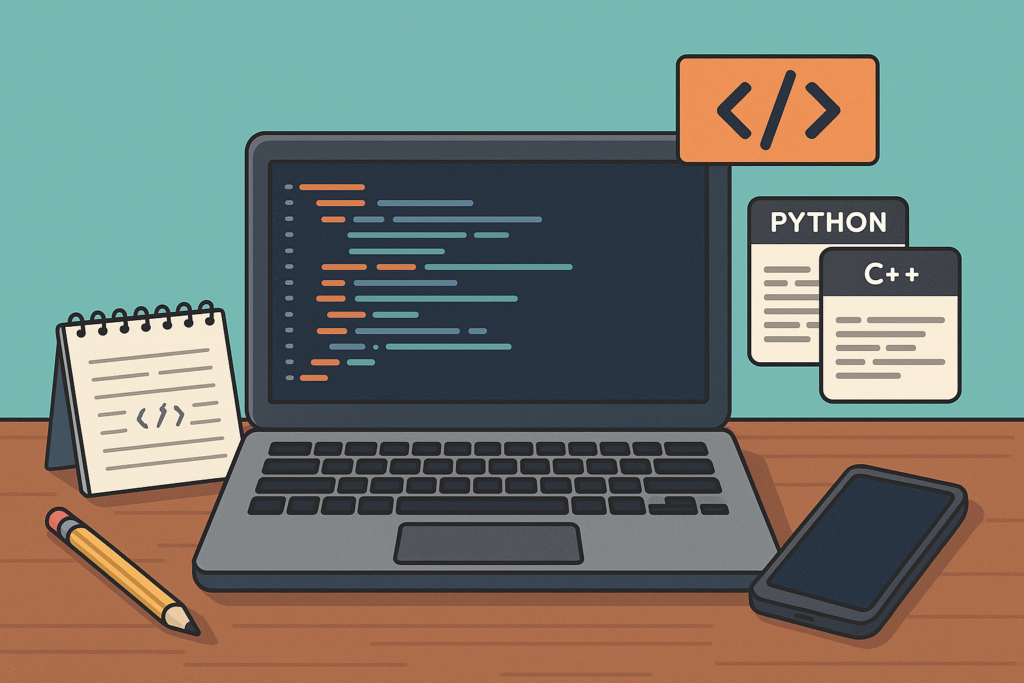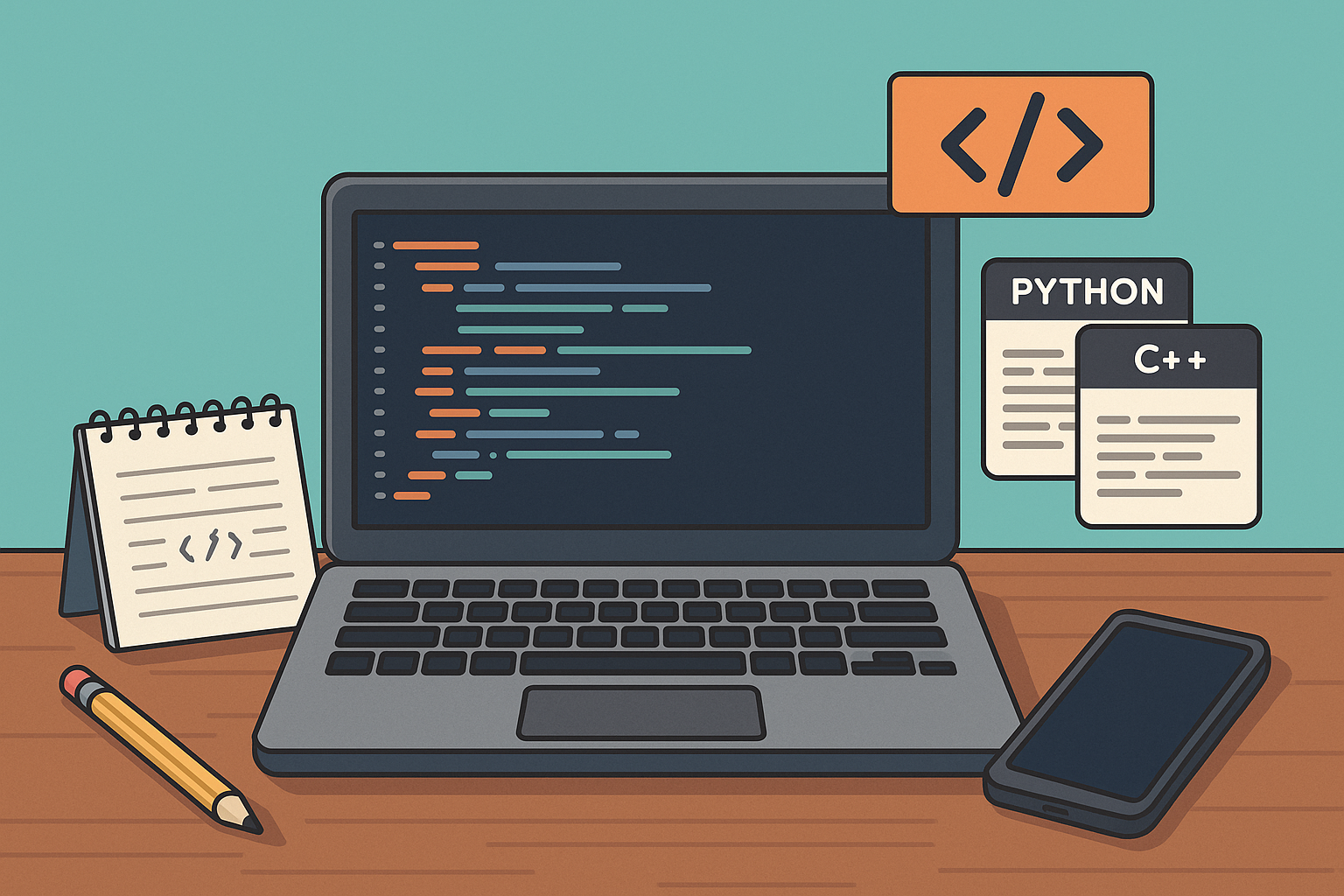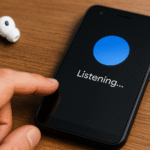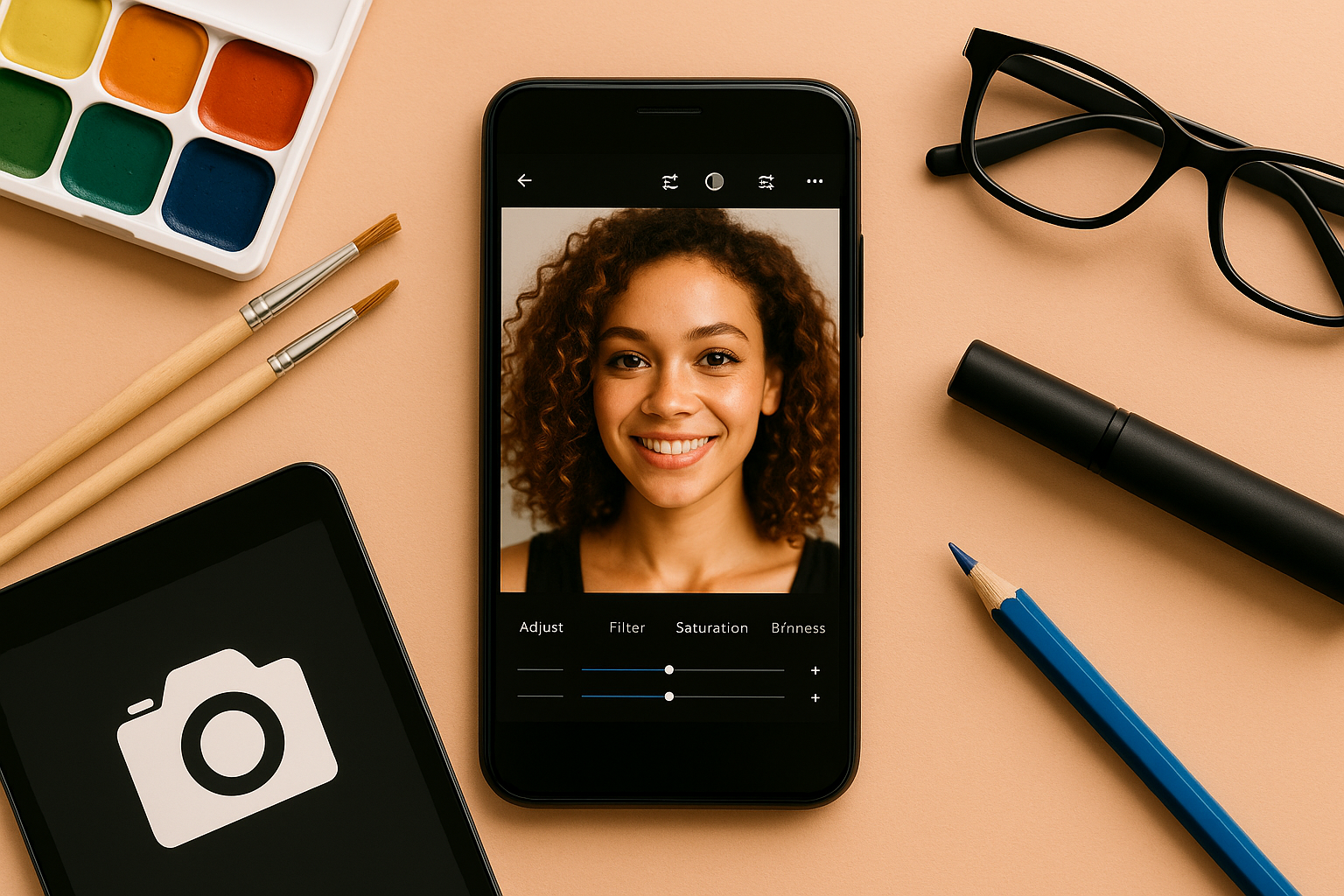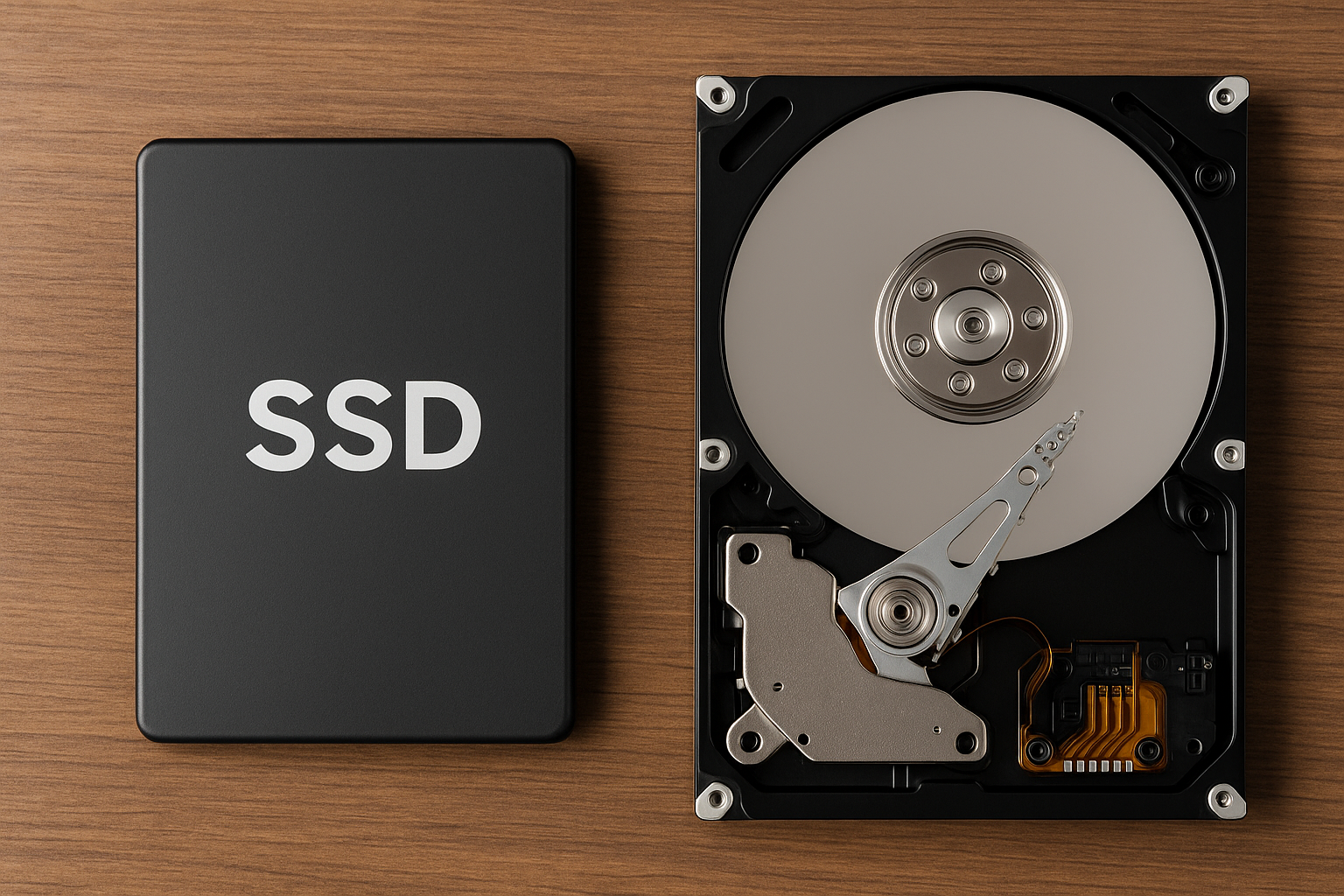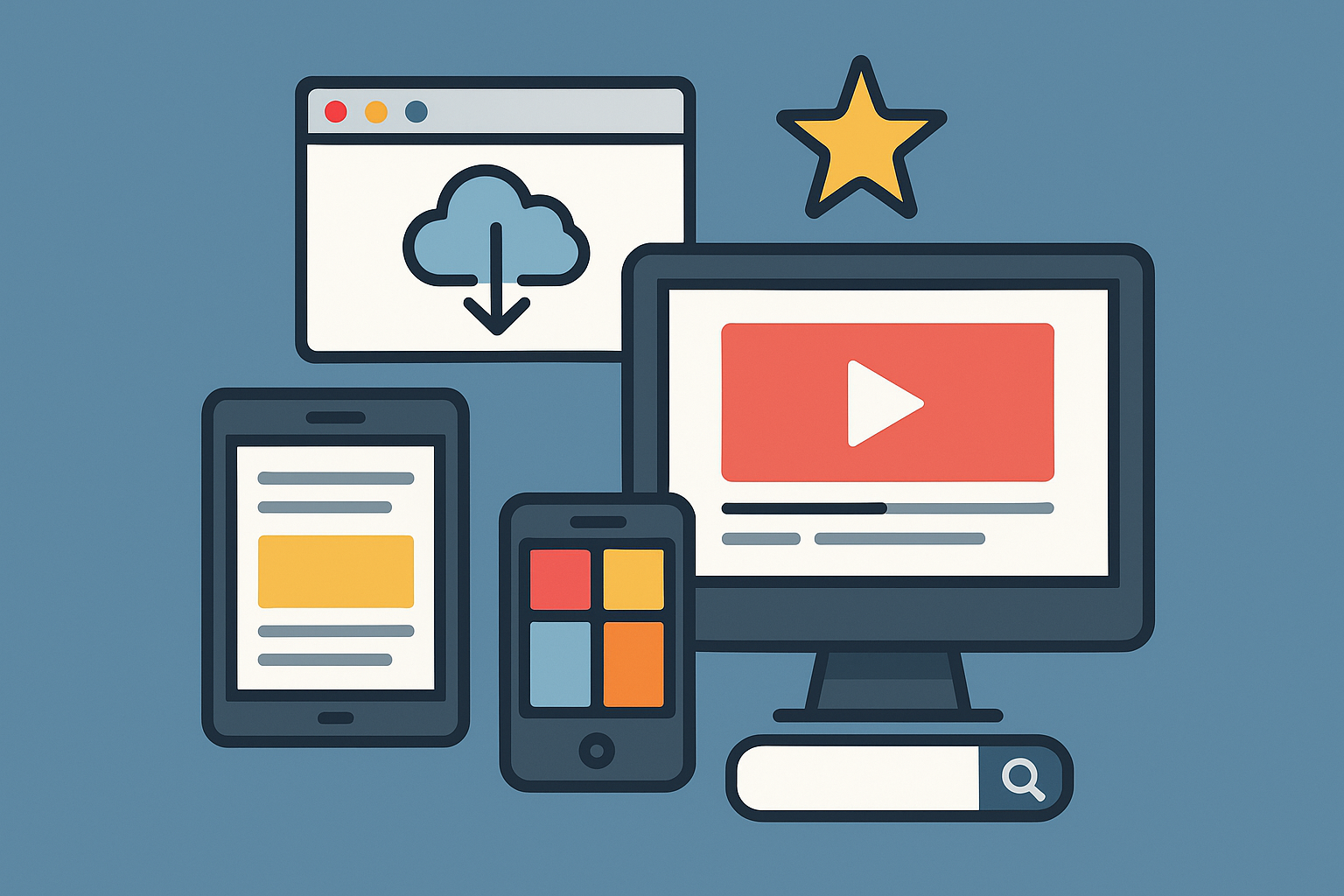Learning how to program from scratch might seem intimidating at first, especially if you’re not from a technical background. But the truth is, anyone can learn programming—whether you’re a student, career-changer, entrepreneur, or hobbyist.
In this comprehensive beginner’s guide, you’ll discover step-by-step how to start programming from zero, what languages to learn, tools you’ll need, and how to stay motivated on your journey.
What Is Programming?
Programming (or coding) is the process of writing instructions for computers to perform specific tasks. These instructions are written in languages that computers can understand, like Python, JavaScript, or C++.
From websites and mobile apps to games and automation tools—everything digital you interact with daily was built using code.
Why Learn Programming?
There are many reasons to start coding:
- Career opportunities in software development, data science, cybersecurity, AI, and more
- Freelancing potential—build websites, apps, or tools for clients
- Entrepreneurship—launch your own tech projects or startups
- Automation—streamline repetitive tasks in your job
- Personal growth—learn problem-solving and logical thinking
Step 1: Choose Your Goal
Before diving in, identify why you want to learn programming. Your goal will guide your language choice and learning strategy.
Examples:
- Want to build websites? → HTML, CSS, JavaScript
- Interested in data analysis or automation? → Python
- Dream of developing apps? → Swift (iOS) or Kotlin (Android)
- Game development? → C# (Unity) or C++
Knowing your goal makes learning more focused and rewarding.
Step 2: Pick a Beginner-Friendly Programming Language
Here are a few top choices for beginners:
1. Python
- Simple syntax, readable like English
- Used in web development, data science, automation, AI
- Massive community and lots of tutorials
2. JavaScript
- The language of the web
- Essential for front-end and back-end web development
- Runs in all modern browsers
3. Scratch (for young learners)
- Visual block-based language
- Great for understanding programming logic
4. HTML/CSS (Not programming per se)
- Core languages for building web pages
- Easy entry point before diving into logic-based languages
Step 3: Use the Right Learning Platforms
There are dozens of great (and often free) resources online. Here are the best types of platforms to start with:
Interactive Coding Platforms
- freeCodeCamp.org
- Codecademy
- SoloLearn
- Khan Academy (Computer Science section)
Video Tutorials
- YouTube channels like Programming with Mosh, CS50, The Net Ninja
- Coursera, Udemy, and edX
Coding Practice Sites
- HackerRank
- LeetCode
- Codewars
These help you learn by doing, which is the fastest way to grow.
Step 4: Set Up Your Coding Environment
To write and test code, you’ll need tools:
1. Code Editors (IDE)
- VS Code – Lightweight, powerful, supports many languages
- PyCharm – Ideal for Python
- Sublime Text or Atom
2. Browsers
- Use Google Chrome or Firefox for testing web apps
3. Online Playgrounds
- Replit.com, JSFiddle, CodePen let you code without installing anything
Don’t get stuck on setup—start simple, and evolve your environment later.
Step 5: Build Small Projects
Once you’ve grasped the basics, start building real-world projects to practice. Some beginner-friendly ideas:
- A to-do list app (JavaScript)
- A calculator (Python or JS)
- A personal website (HTML/CSS/JS)
- A weather app using API
- A quiz game or chatbot
Projects help consolidate learning, boost your portfolio, and give you a sense of accomplishment.
Step 6: Understand the Logic Behind Programming
It’s not just about syntax. You’ll need to grasp key computer science concepts like:
- Variables and Data Types
- Loops and Conditions
- Functions
- Arrays/Lists
- Objects and Classes
- Debugging techniques
Use visualization tools like Python Tutor or game-style learning (e.g., CodeCombat) to understand how your code works behind the scenes.
Step 7: Join the Programming Community
You don’t have to go alone. Surrounding yourself with other learners and developers keeps you motivated:
- Join Reddit communities (e.g., r/learnprogramming)
- Ask questions on Stack Overflow
- Follow developers on Twitter, GitHub, LinkedIn
- Attend local or virtual meetups and hackathons
You’ll gain support, feedback, and possibly collaborators!
Step 8: Practice Consistently
The secret to mastering programming? Consistency.
- Code daily, even if it’s just 20 minutes
- Tackle coding challenges regularly
- Maintain a coding journal or blog to track your progress
- Don’t fear making mistakes—they’re part of the learning process
Step 9: Explore Advanced Topics (Later)
Once you’re comfortable with the basics, explore:
- APIs and integrating third-party services
- Databases like SQL or Firebase
- Version control with Git and GitHub
- Mobile development
- Machine learning, blockchain, or cloud computing
Programming is a vast ocean—you don’t need to learn everything at once.
Common Mistakes to Avoid
1. Jumping Between Languages
Stick with one language until you’re comfortable. Switching too often leads to confusion.
2. Avoiding Theory
Some basics are essential—don’t skip them.
3. Overloading on Tutorials
Don’t just watch—code along and build your own things.
4. Quitting Too Early
Frustration is normal. Push through the tough parts. Every developer has been there.
Final Thoughts: Your Journey Starts Now
Learning how to program from scratch is one of the most valuable skills you can gain in today’s digital world. It opens doors to exciting careers, creative freedom, and new ways to solve problems.
You don’t need a degree or fancy tools—just curiosity, consistency, and a willingness to learn. Start small, be patient, and enjoy the journey. Before you know it, you’ll be building things you once thought were impossible.
